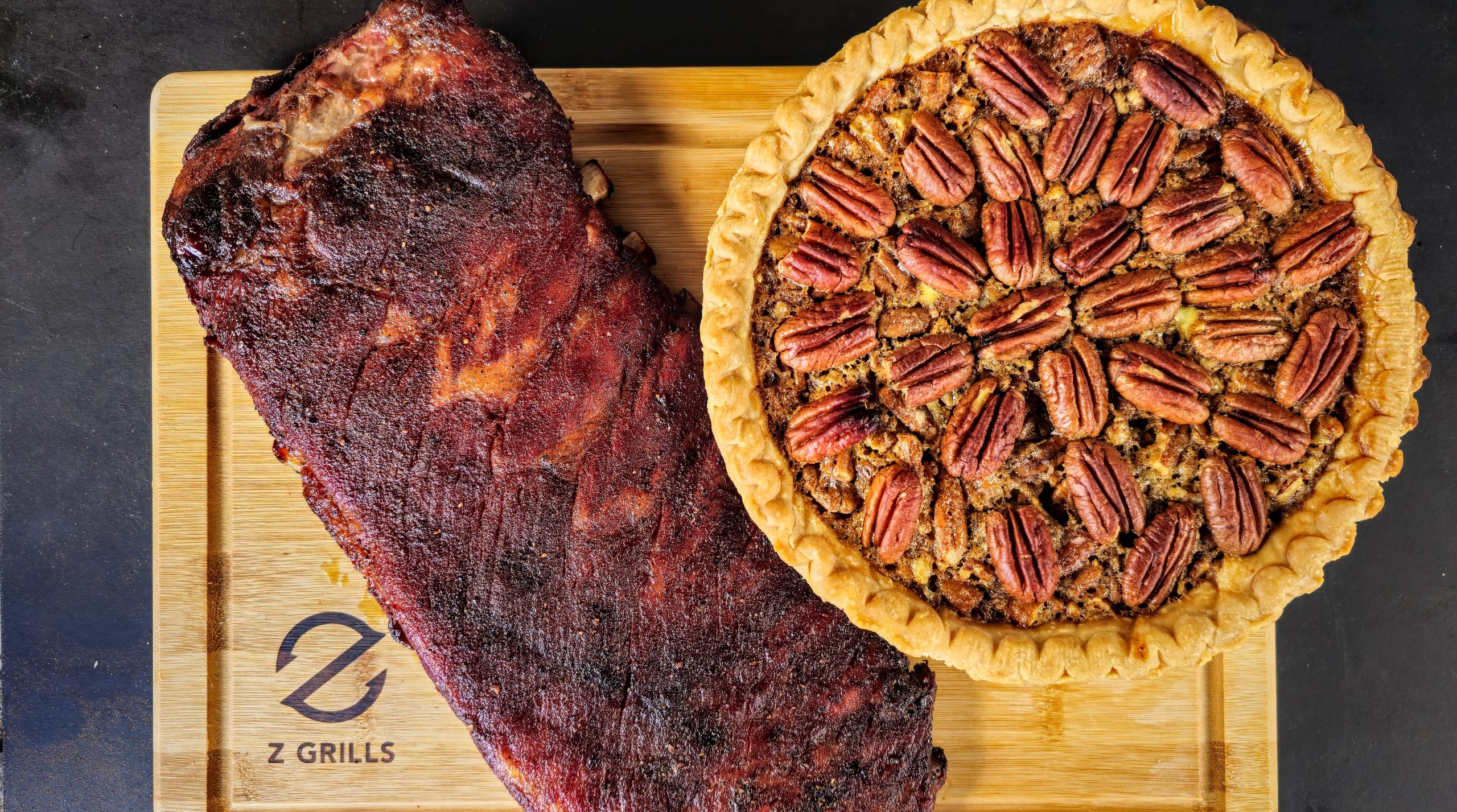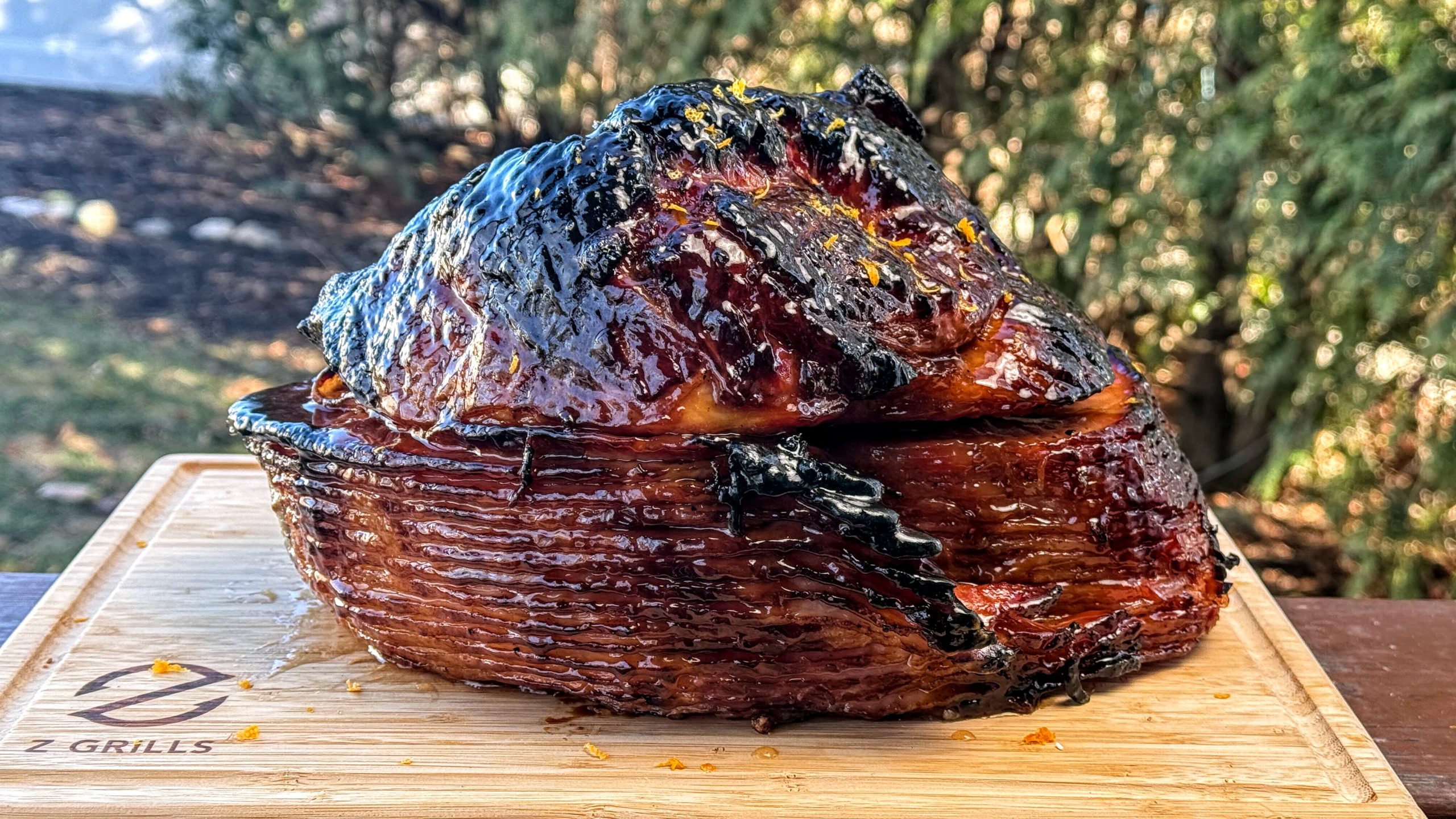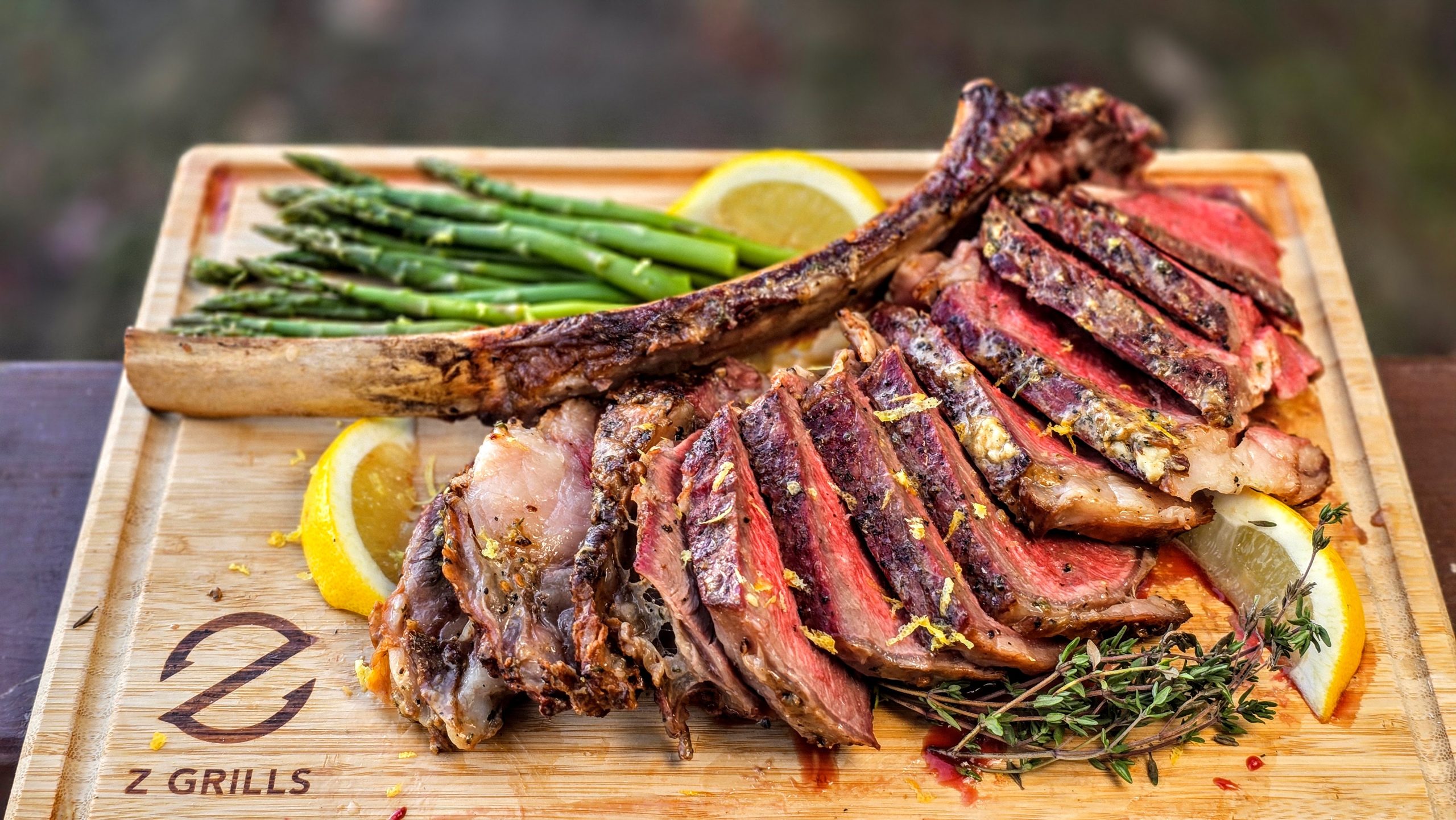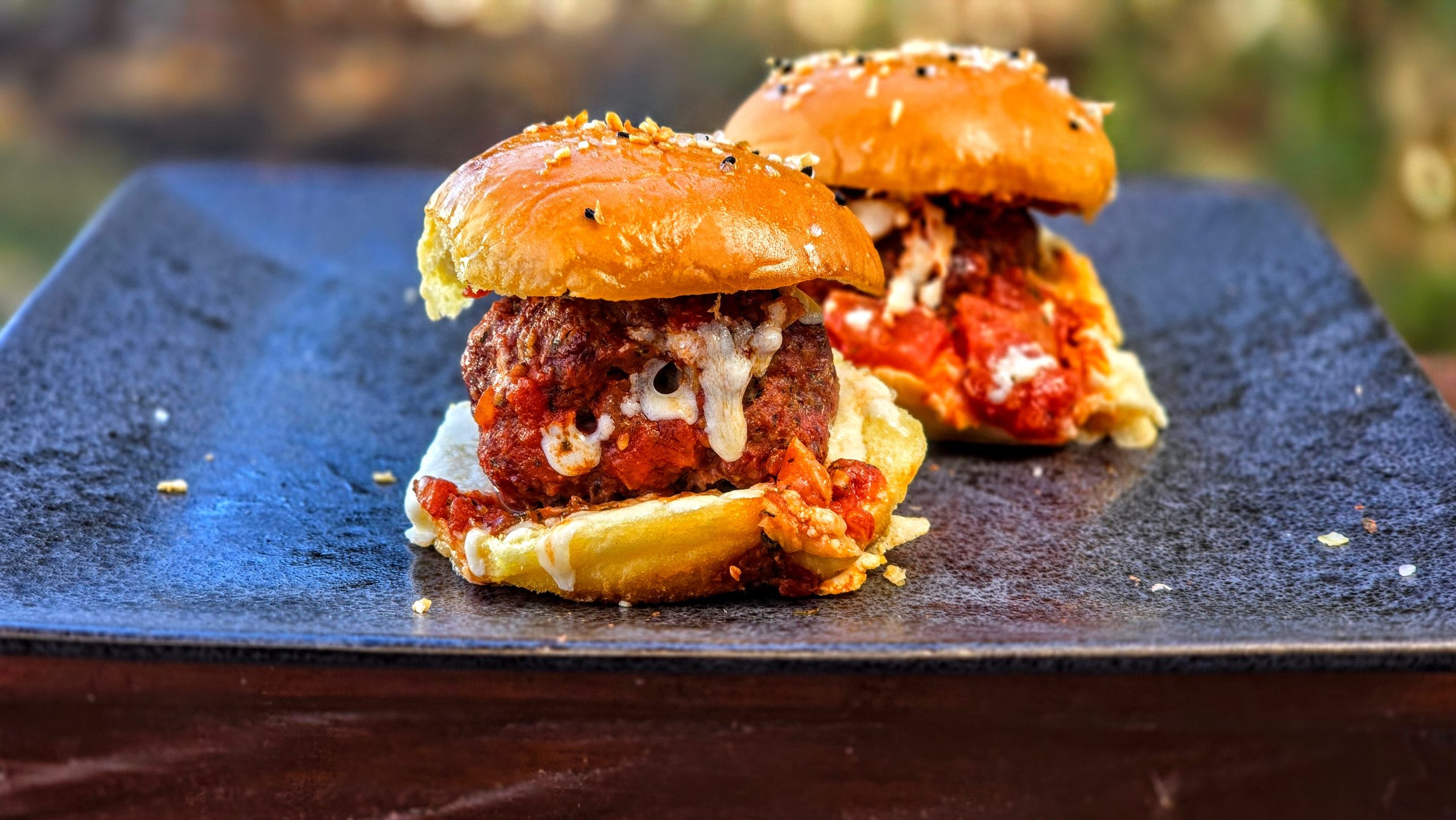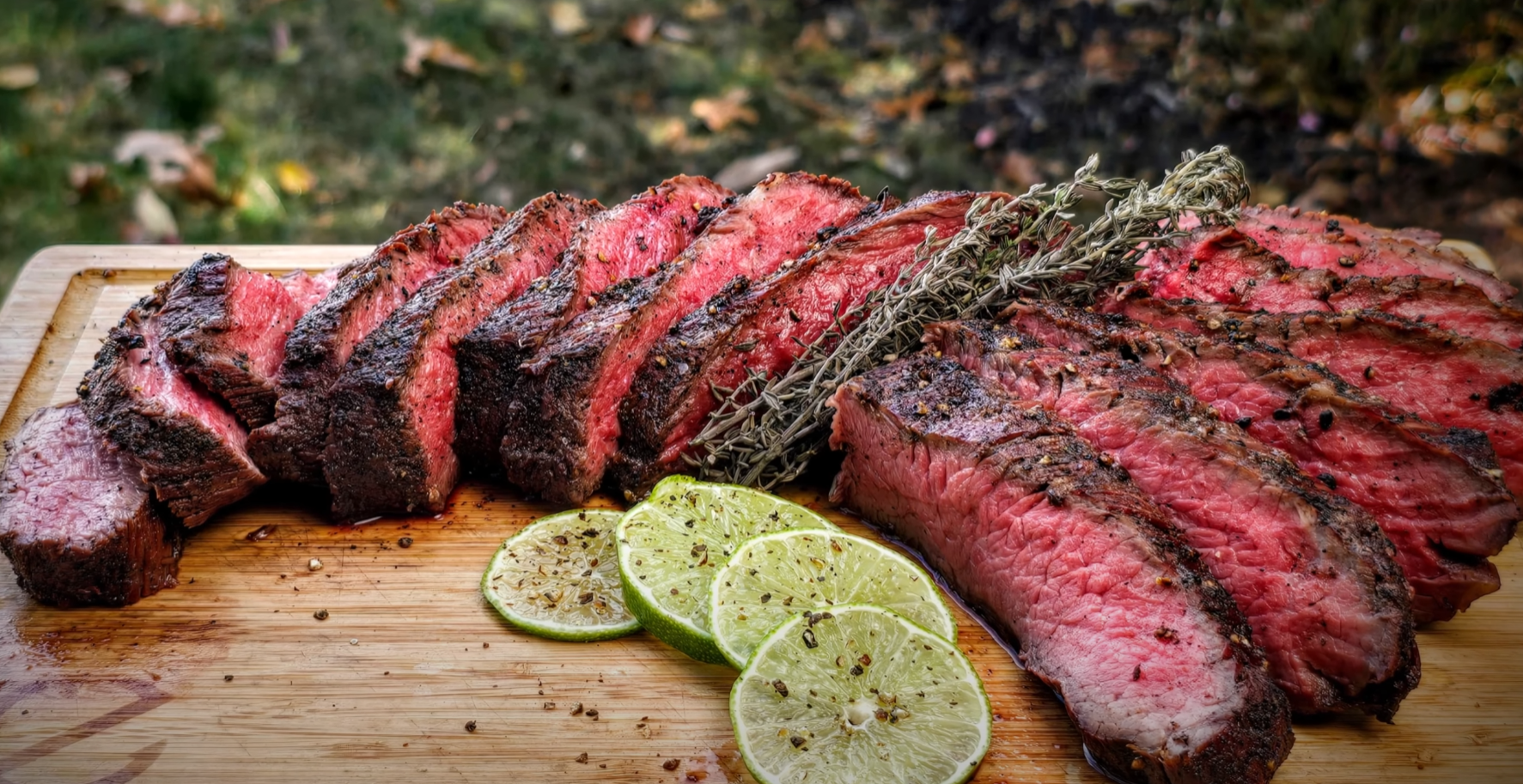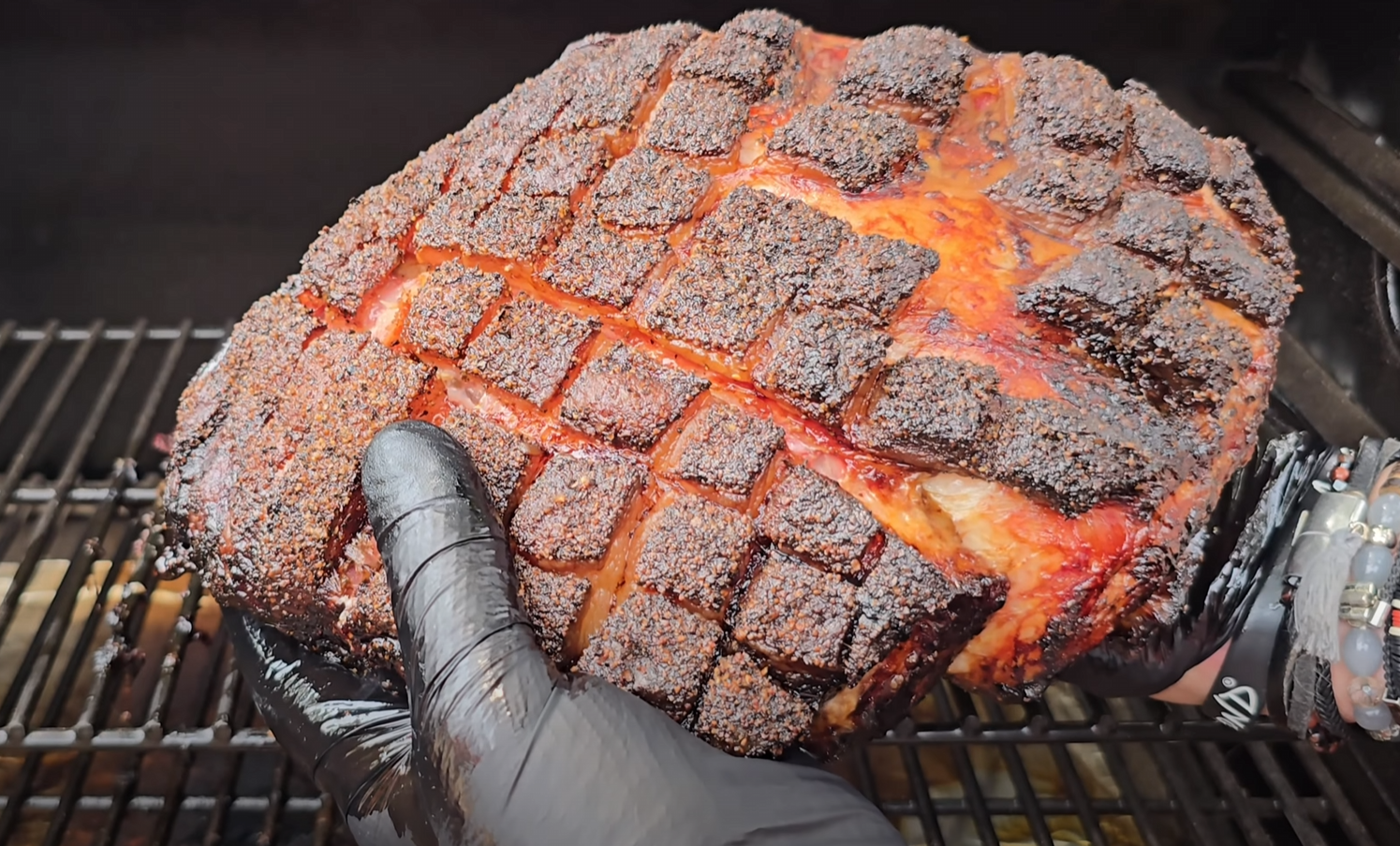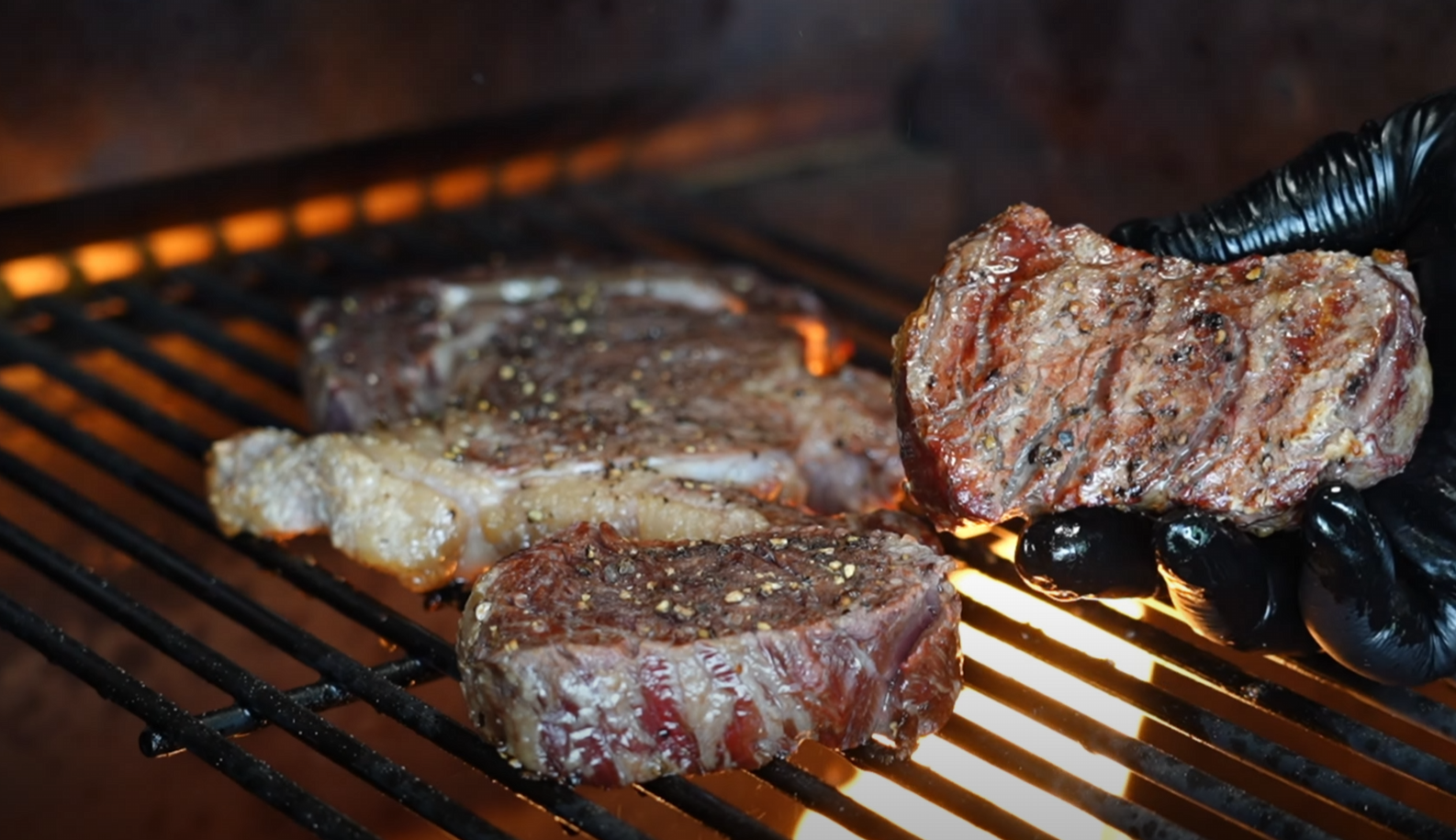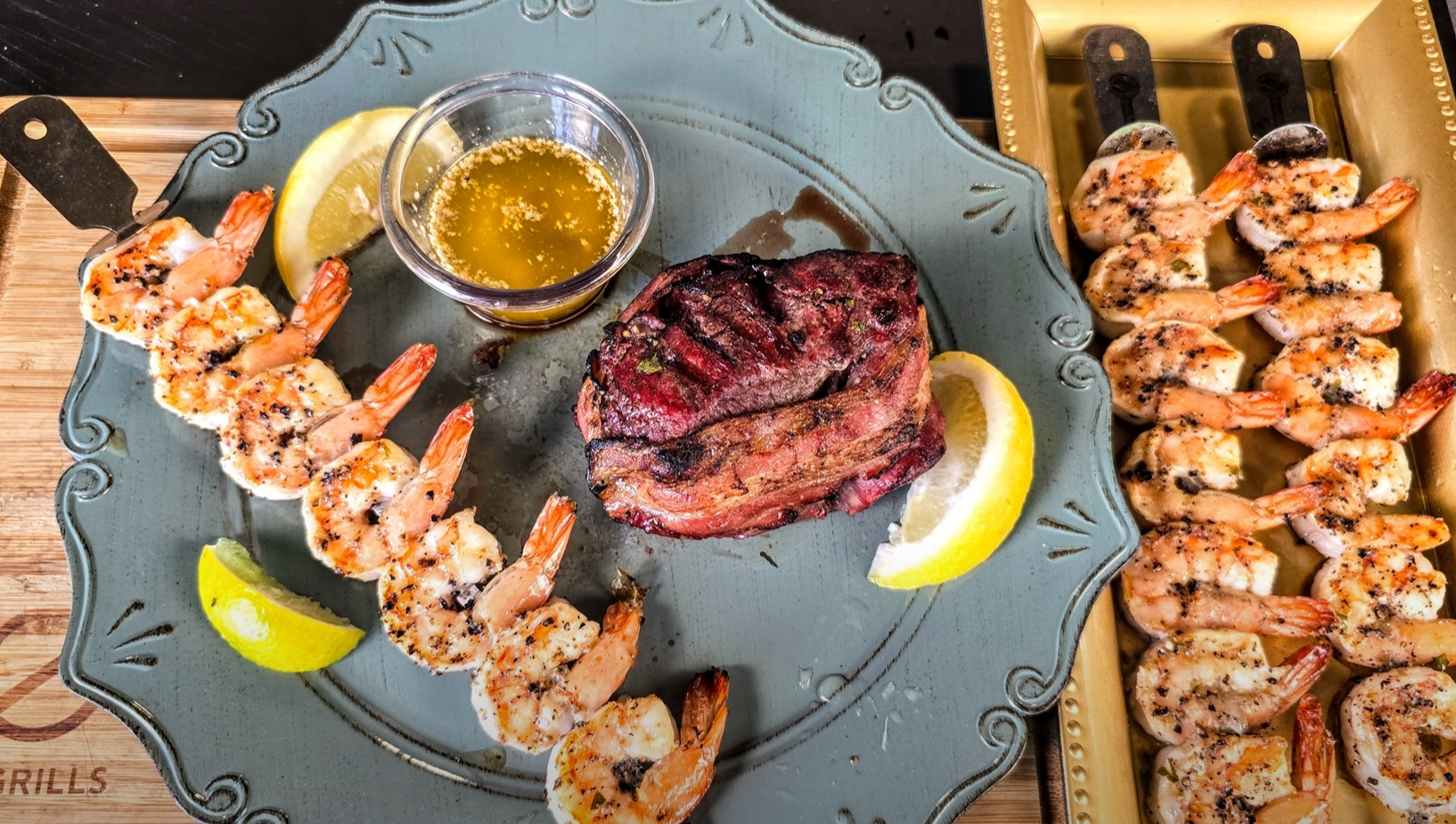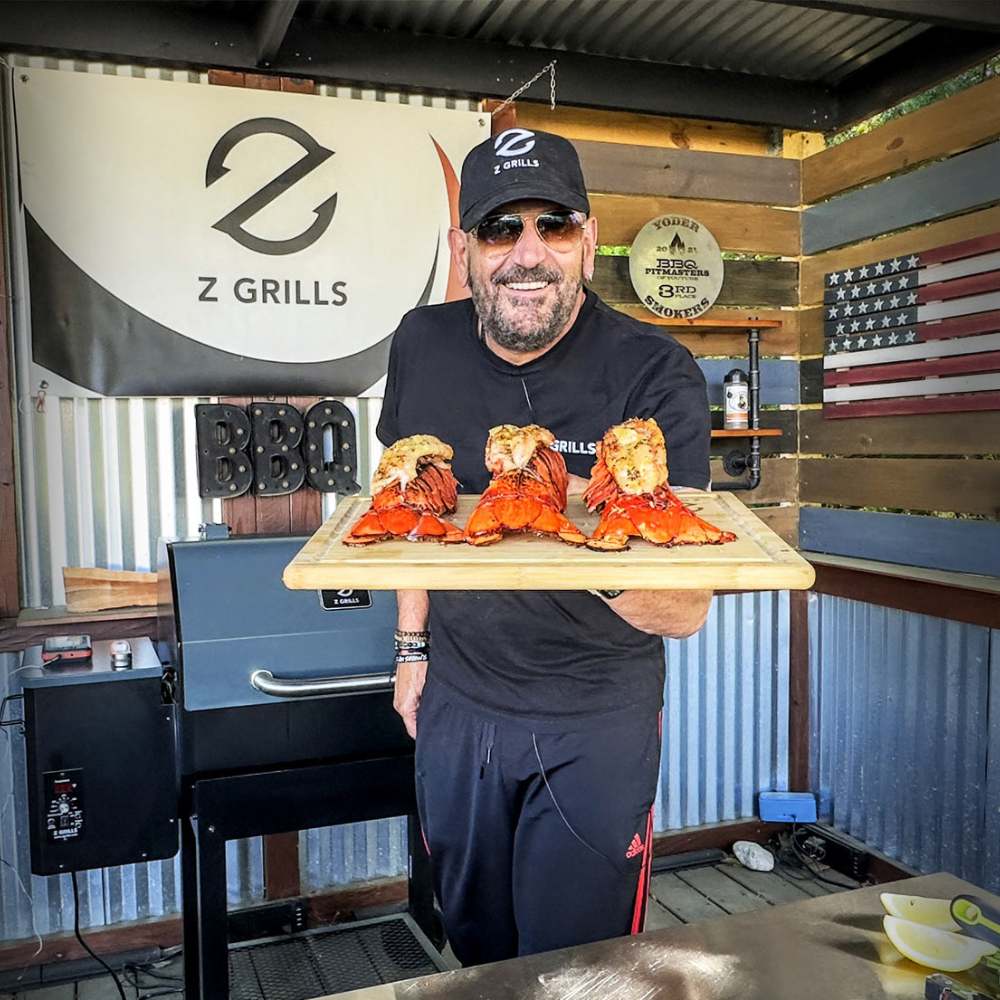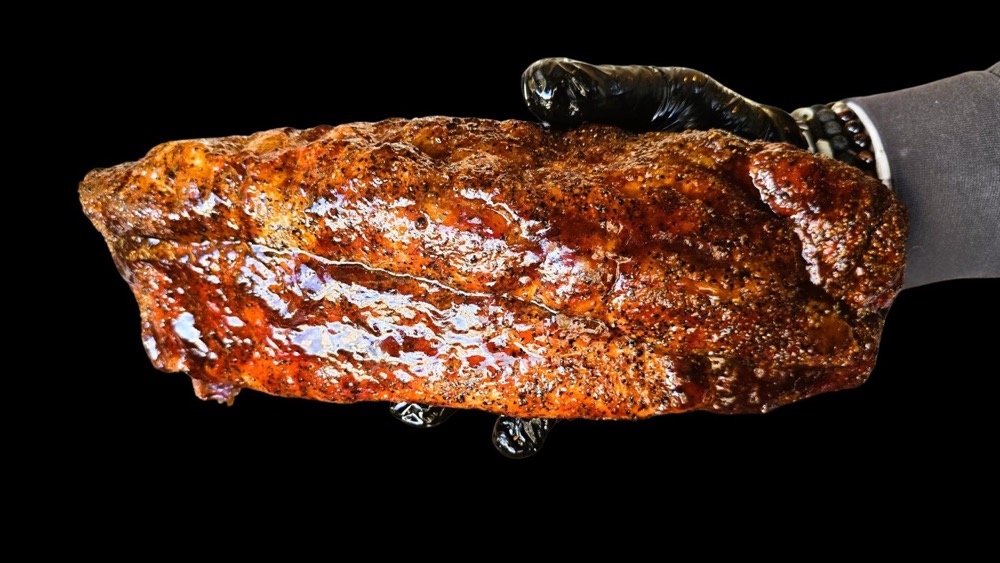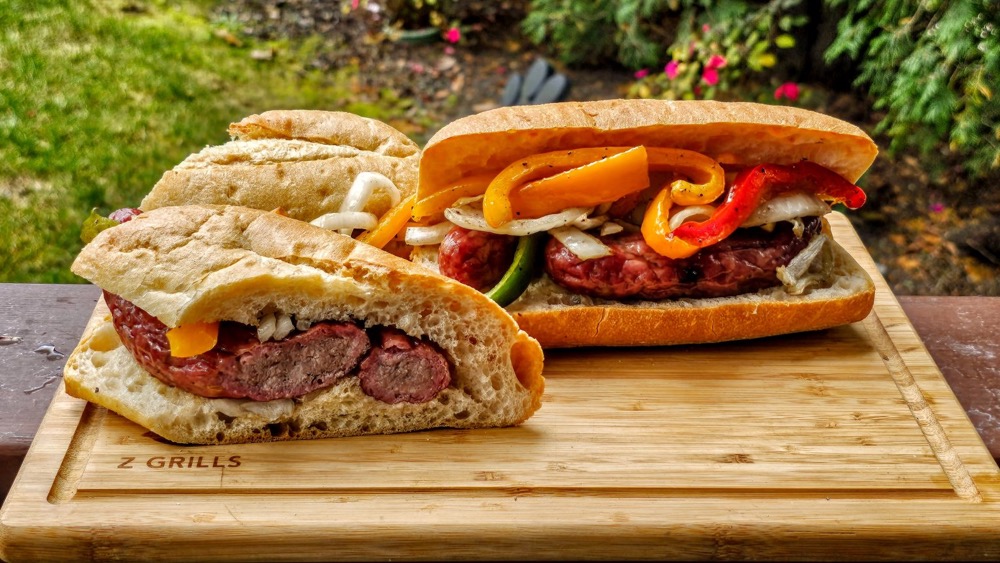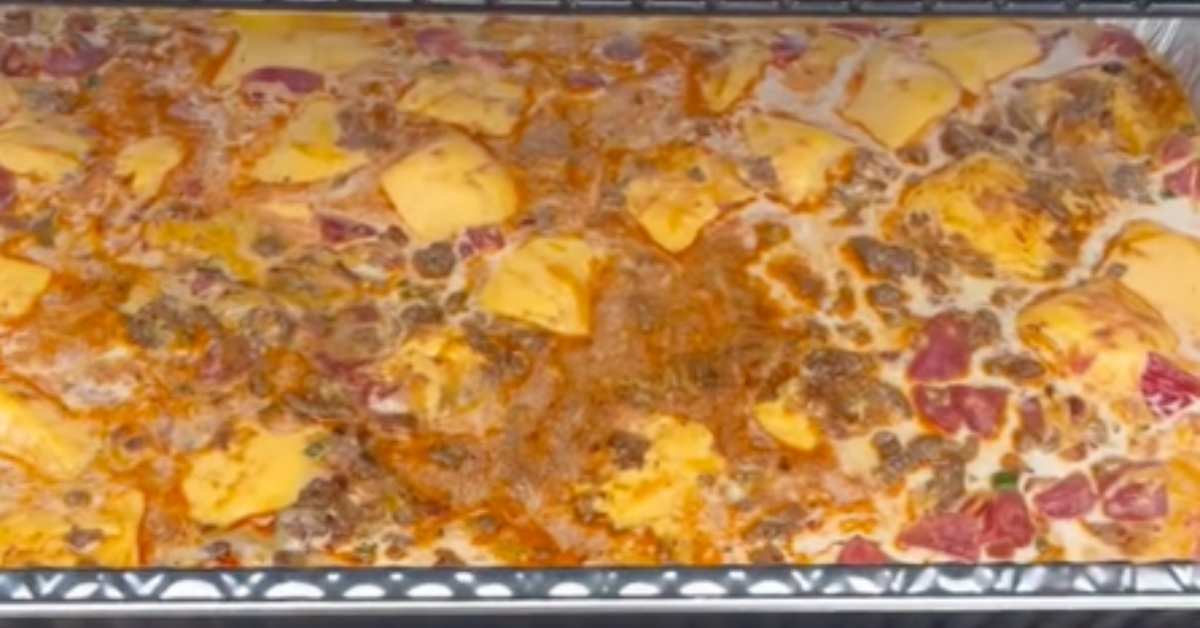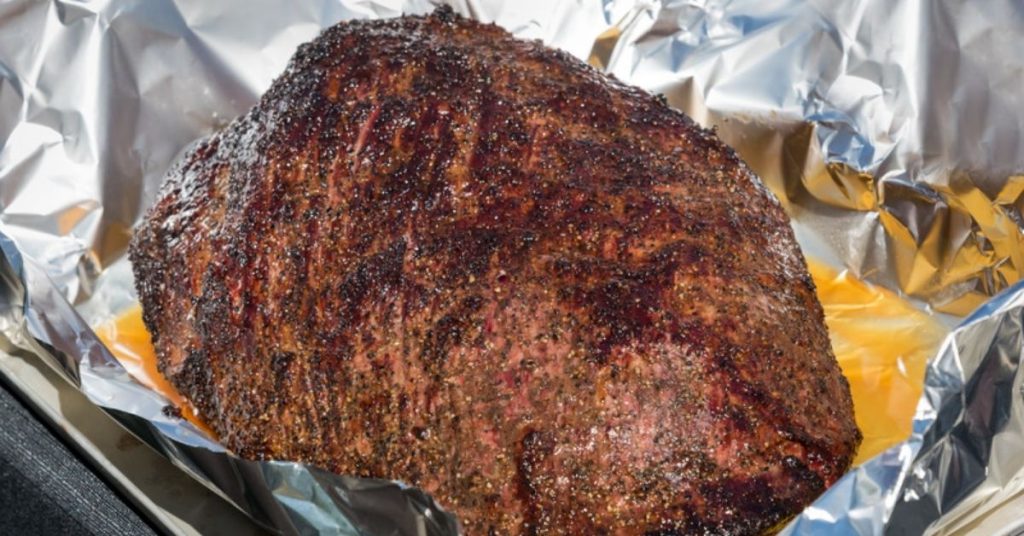
While wrapping meat in foil certainly wasn’t something they were doing back in Shakespeare’s time, it’s not a new technique, either. You’ve probably seen others wrap when grilling, and you might even have given it a shot yourself. But… is it necessary?
During the summer season, we Americans love nothing more than to gather around a fire pit or barbecue and share stories over a beer and a hefty portion of delicious meat! It’s an opportunity to bond with friends and family, and one lucky host gets to show off their grilling skills! (Though hopefully not their solo clean-up skills…)
Whether you’re new to grilling meat or are just looking for some new tricks, read on for a full rundown on when, how, and why you should wrap your meat.
Table of Contents
When is the Perfect Time to Wrap My Brisket, And Why?
You want to wrap your brisket when it gets up to an internal temperature of around 170F. Wrapping your meat not only helps it cook faster but also allows it to cook in its own juices, bringing out those delicious flavors. Many people choose to place their meat straight onto the wood pellet grills, whether it’s to create an intense, umami flavor or to achieve that crispy outer layer.
Foil vs. Butcher Paper: Which is Best?
When you use aluminum foil in your grill, it essentially creates another oven, retaining heat and partially baking your meat as it smokes. This can cut down on cooking time and protects your meat from burning by maintaining a nice, consistent heat. Aluminum foil is also convenient and disposable, saving a lot of cleaning up and catching all those juices that otherwise would’ve spilled out.
As with aluminum foil, butcher paper can reduce your meat’s cooking time compared to cooking your brisket bare. But unlike foil, the butcher paper allows the smoke to reach the meat, bringing about that classic barbecue flavor. Compared with aluminum foil, butcher paper is slightly harder to work with as it doesn’t allow for quite so tight a wrap. This won’t make a huge difference unless you’re wrapping a huge slab of pork, but it is worth noting.
Butcher paper also allows heat to pass through the meat, building up a delicious, crunchy exterior, rather than being trapped within the foil. In short, butcher paper provides that happy medium between smokey and beefy, moist and dry, soft and crunchy. If you have the choice, butcher paper will give you the best results.
Wrapping vs. Cooking Straight on the Grill
Cooking your brisket “naked” (without foil or butcher paper) is the easiest way to cook your meat. But, because brisket tends to be so tough, it’ll most likely take around 12 hours for the meat to become tender. You’ll also have less control over the heat, and your meat will be at a higher risk of drying out.
However, an uncovered brisket gets maximum smoke exposure and maximum smokey flavor! It also means that the outer layer, also known as the bark, will be crunchier and more intensely flavored. Think about it: when you wrap your brisket, you’re essentially creating an outer layer of moisture, which means your bark can only get so crunchy. But a piece of meat that comes into direct contact with the grill will come out super crispy and satisfying!
If there are any downsides to wrapping your meat before cooking it, it would be a slight loss of smokey flavor. But when it comes down to it, the majority of people will not be able to notice the difference.
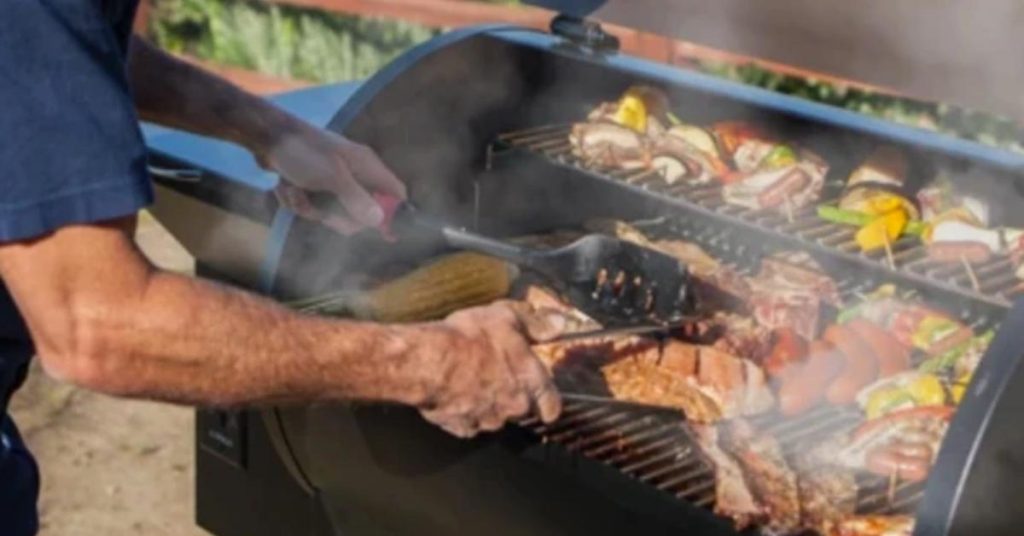
Top Tips And Tricks For Grilling While Wrapped
Consider trying the 3-2-1 method
which involves the following:
- Three hours of smoking your unwrapped meat at 225 degrees
- Two hours of cooking the meat wrapped in foil (feel free to add a splash of liquid, like beer or apple cider)
- One last hour of cooking unwrapped at a higher temperature, generously basted in barbecue sauce
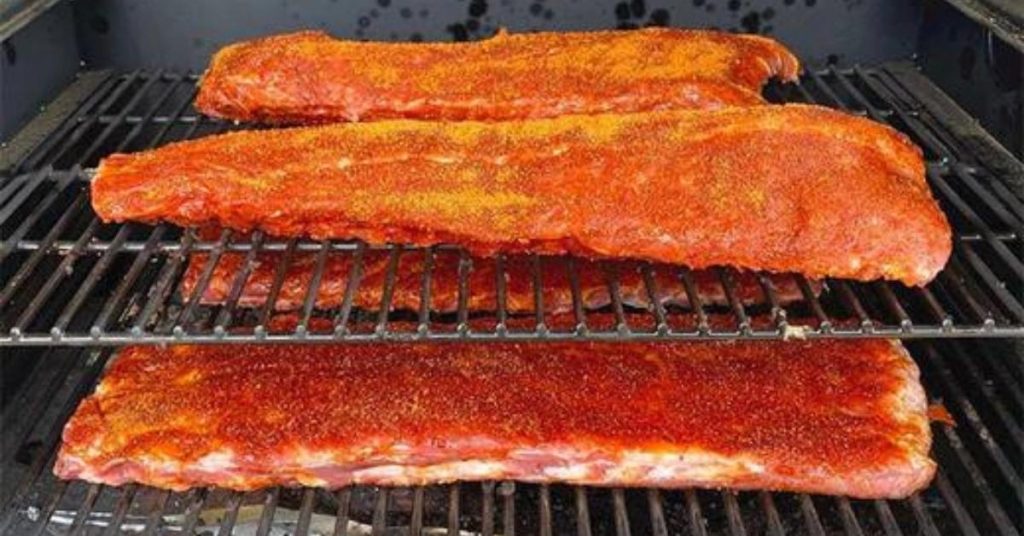
The 3-2-1 method allows you to plan and works well every time. The result is tender, flavorsome meat that falls off the bone. We’ve got a full blog post on how to smoke pork ribs to perfection using the 3-2-1 method here.
- Use a good probe thermometer to check the temperature of your meat at every half hour. Feel free to poke right through the foil or butcher paper- don’t worry that making a small hole will affect the cooking time. Once your thermometer reaches 190F. test your meat’s temperature every 15 minutes until it gets to 200F.
- Test different wood pellet flavors – if your wrapping in aluminum foil, try a deep-flavored pellet like Hickory grill pellets since the foil will protect it some from the sometimes-overpowering smoky flavor. However, if you use butcher paper, avoid strong smoky pellets unless that’s your preferred flavor.
- You can overdo it – if you’re not sure how long you want to leave your meat in the foil or wrap, err on the side of caution and take it out earlier than later. If you leave it in a wrap for too long, especially aluminum foil, your meat may become too mushy and be a little disappointing.
- Try searing it at the end – if you like your meat to have a little bit of a tougher or sweeter exterior, try searing the meat for a few minutes when it’s finished cooking.
Best Pellet Grill for Searing
Are you looking for the best pellet grill to sear your meat to perfection? Look no further than the Z Grills 600D3E Wood Pellet Grill. The Z Grills 600D3E delivers the real versatility of both direct and indirect cooking. With an innovative fire access door, you can easily set up the pellet grill for direct over the flame grilling and searing, a feature that can’t be matched anywhere else.
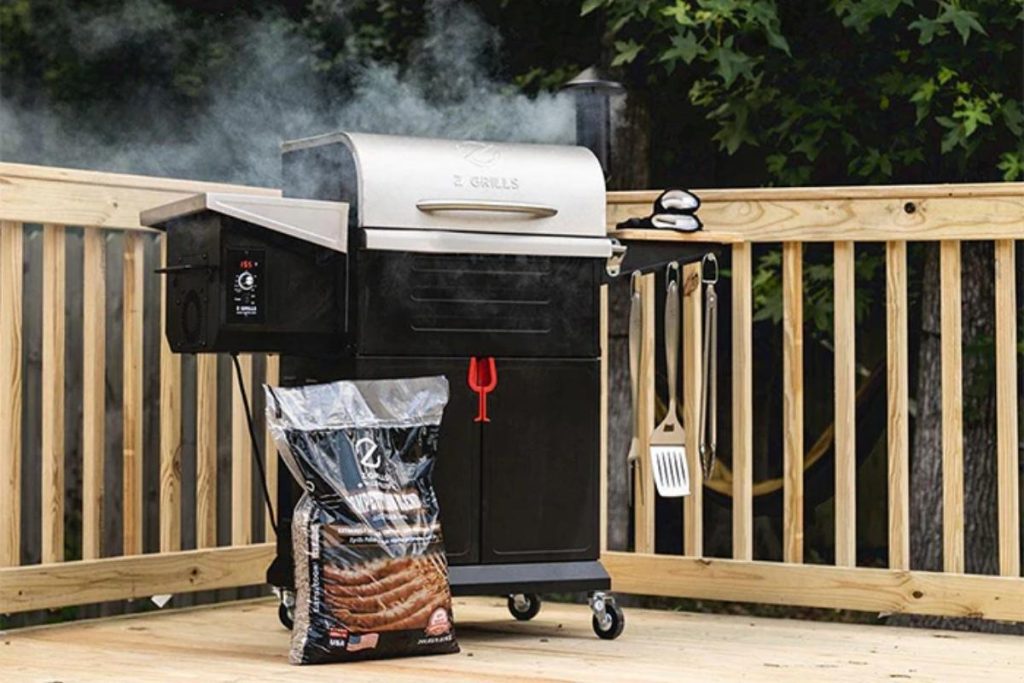
So, when you need 750°F to perfectly sear a steak, the 600D3E got you covered — likewise, when you need 180°F for deep-down professional smoke flavor throughout your meat, the 600D3E also got you covered.
Holding a capacity of 572 square inches (about 24 burgers or 4 whole chickens), the 600D3E has a PID temperature controller that maintains stable, precise temps for consistent results. Heavy duty steel construction and a thick stainless steel lid ensure years of wood-fired flavor.
The 600D3E also includes deluxe features such as – enclosed storage cabinet, solid side shelf with built in tool hooks and bottle opener, and new locking caster wheels. It is the perfect option for those who want an all-in-one grill with true searing functions and superior performance in a highly affordable price range.
Discover more features and specifications here.
Make sure you create a strong foil base (sometimes called boat) so it catches the juices and allows the meat to cook through. This is also a great place to pour a little beer or apple cider for additional flavor.
In answer to the question: “to wrap or not to wrap?”, it’s up to you! Wrapping imparts a deep, beefy flavor, tenderizes the meat, and creates a nice, crispy bark around your brisket. If you’re relatively confident in your ability to judge when your meat is done, go for it. But cooking your brisket without butcher paper or aluminum foil allows for that crunchy bark while greatly reducing the risk of overcooking. Ultimately, it’s your choice whether you wrap your meat, but at least now you know the pros and cons of each grilling technique.
Will you wrap next time you grill your meat? Let us know in the comment below.


